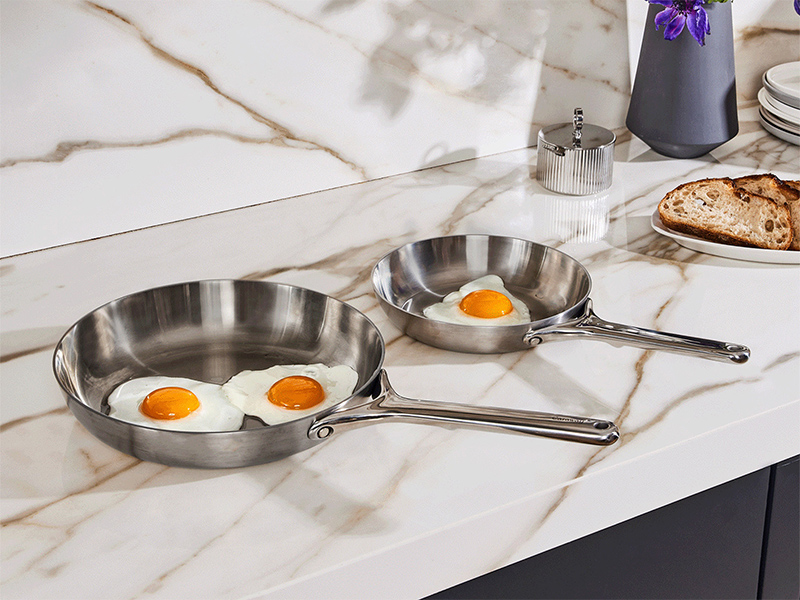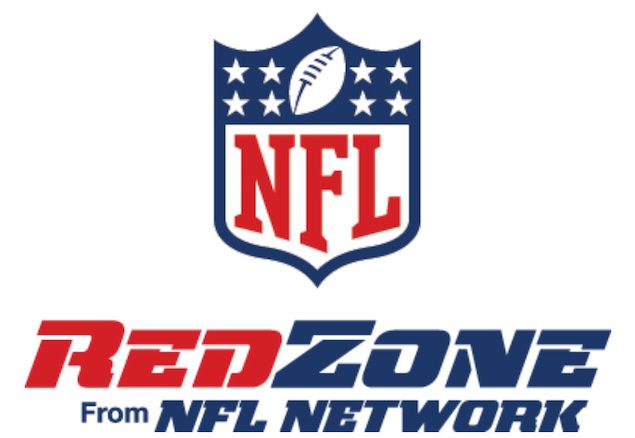Direct-to-consumer cookware brand Caraway turns a Black Friday blunder into a customer experience opportunity by switching post-purchase email providers.
During Black Friday, Caraway Home’s “Where is my order?” calls increased to more than a quarter of its customer service calls, and package theft increased to 7% of orders.
These are higher than usual benchmarks for the cookware brand, but perhaps it was just the demand of the holiday season, the manufacturer of pots and pans thought.
Then, Nancy Gurd, Caraway’s associate director of customer experience, received an email from one its customers. He received his Caraway order, but he did not receive any emails from the brand letting him know that his order had shipped, its expected delivery date nor that it had arrived.
Even though Caraway Home was still delivering its products, no communication is a poor customer experience, Gurd said. Caraway Home typically notifies shoppers when they can expect their order, and customers can plan to be home for the arrival of these high-ticket products.
“It hurts the entire customer experience,” Gurd said about a lack of post-purchase emails. “[Shoppers] are most excited when they hit buy. They’ve done the research. They finally pulled the trigger on getting something they want and now they don’t know when it’s coming. It’s been four or five days with no contact and they might start to freak out, and they might think we are a scam.”
And that’s when customers call customer service to confirm everything is OK.
Gurd contacted its post-purchase email provider and sure enough, the tool was broken. This explained the spike in WISMO calls, which is typically 13% of customer service calls, not 27%.
Caraway selects ParcelLab for post-purchase emails
Caraway decided it need to switch providers. And as it happened, the customer who alerted Gurd of the issue worked at post-purchase email provider ParcelLab.
That helped put the vendor in the consideration set, but Caraway still did its due diligence of vetting nine different providers over six months. Caraway ultimately selected ParcelLab because it was impressed that the vendor could scale with its fast-growing brand. Plus, the vendor continually works to improve its product with more tools, Gurd said. In fact, recently the vendor listened to Caraway’s feedback and built a tool for the brand, Gurd said. Caraway now has a feature that will have ParcelLab automatically trigger an email when the shopper receives a refund. This way an agent doesn’t have to manually send that email.
Since Caraway implemented ParcelLab in September 2024, it’s been happy with the vendor, Gurd said. Annually, ParcelLab costs between $30,000-$50,000. Caraway typically employs 36 customer service agents, which swells to 64 during the holiday season.
Caraway decreases WISMO calls, theft
Beyond just the tool working when it should, Caraway has made improvements to its post-purchase email content and experience over the past few months, which has helped decrease its “Where is my order?” calls to only 10% of its customer service calls.
The brand may ship a set of pots and pans in several packages and alert shoppers of this in its shipping emails. Still, customers frequently called into customer service when they received the first package, only seeing a portion of their order, and assuming the brand forgot to send the rest.
Now, Caraway has images in its emails to make it more visually obvious if a package is one of two or one of three shipments, Gurd said. It also implemented a self-service page where customers can input their order number and see when it is slated to arrive.
Caraway has also reduced its package theft, which is now around 1% of orders. Caraway encourages more shoppers to ship their orders to a pickup center. It also allows shoppers to request a signature for delivery, and many shipping carriers now provide a picture with delivery.
Caraway uses post-purchase emails to build community
Caraway also sends post-purchase emails to shoppers with information about their products, such as how to care for it and recipes ideas. Those emails have a 10% response rate, in which shoppers will respond to Caraway to have a conversation, Gurd said.
These post-purchase emails, which it may send once a month or once every three months, are to build community with its shoppers and not about upselling, Gurd said.
“Communication does not just stop once the shopper hits the buy button,” Gurd said. “By staying engaged with the customer gives them an option to communicate with you, and gives people that loyalty to your brand and just fans in general.”

 Network
Network

